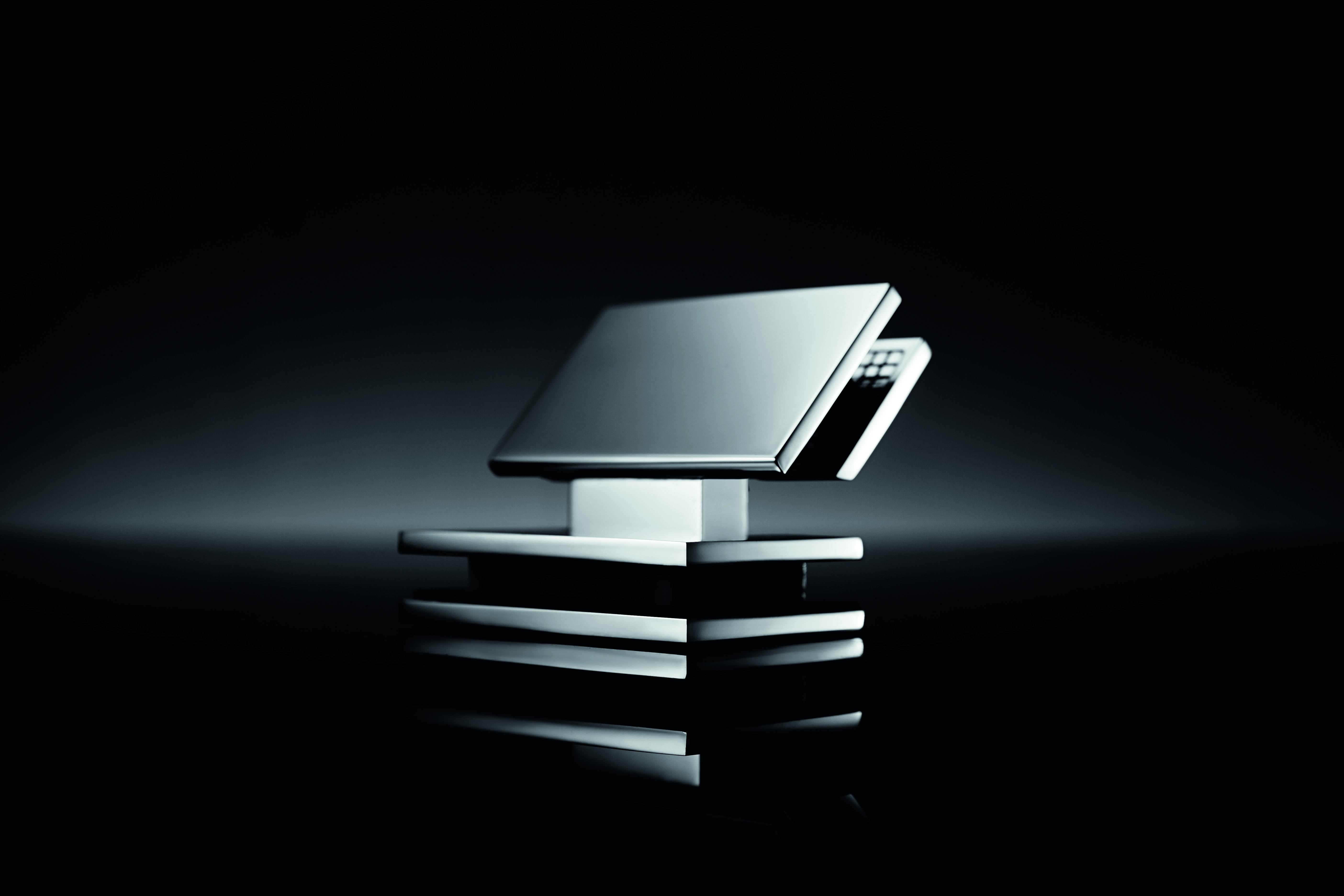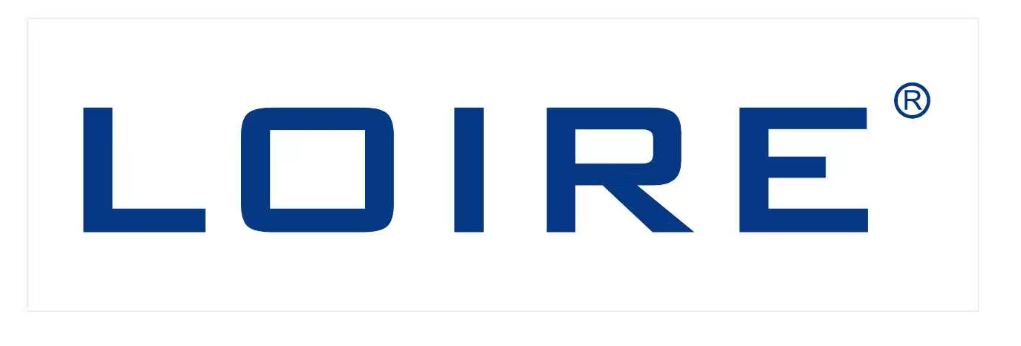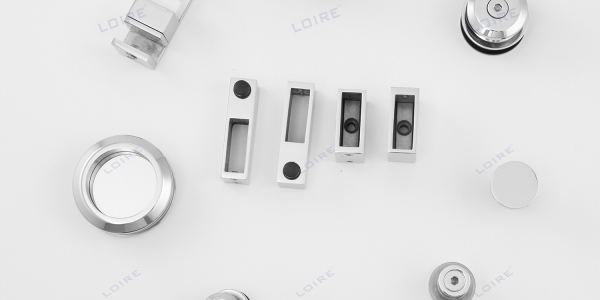Salt Spray Testing (Two)

The previous article mainly introduced the definition of salt spray test and corrosion, as well as the classification of salt spray test. This article will introduce the standards of the steps of salt spray test. If you are interested in the previous article, you could click here.
How to test
a. Test Solution
Dissolve chemically pure sodium chloride in distilled or deionized water with a concentration of 50 ± 5g / L. The pH value of the solution can be measured by the pH meter, or the precision pH test paper calibrated by the pH meter can be used as daily detection. The pH value of the solution can be adjusted by chemically pure hydrochloric acid or sodium hydroxide. Make the pH value of the salt spray collection solution in the test chamber 6.5-7.2. To avoid nozzle blockage, the solution must be filtered before use.b. Sample
The type, quantity, shape and size of samples shall be determined according to the requirements of the tested coating or product standard. If there is no standard, it can be decided through consultation with relevant parties. The sample must be fully cleaned before the test, and the cleaning method depends on the surface condition of the sample and the nature of dirt. Abrasives and solvents that will etch the surface of the specimen shall not be used. After the sample is cleaned, contamination must be avoided. If the sample is cut from the workpiece, the covering near the cutting area shall not be damaged. Unless otherwise specified, the cutting area must be protected with appropriate covering layer, such as paint, stone or adhesive tape.c. Sample Placement
The sample shall be placed in the test chamber with the tested surface facing upward to allow the salt mist to settle freely on the tested surface. The tested surface shall not be directly sprayed by the salt mist. The angle of sample placement is important. The tested surface of the flat sample shall be 15 ° - 30 ° from the vertical direction and 20 ° as far as possible. Specimens with irregular surface (such as the whole workpiece) shall also be as close to the above provisions as possible. The samples shall not contact the box or each other. The distance between samples shall not affect the free fall of salt spray on the tested surface. The droplets on the sample shall not fall on other samples. The sample support is made of glass, plastic and other materials. The material for hanging the sample shall not be metal, but artificial fiber, cotton fiber or other insulating materials. The droplets on the support shall not fall on the sample.d. Test Conditions
The temperature inside the spray box is 35 ± 2℃. The rate of salt spray settling, after 24h spray, should be 1 to 2ml/h for each solution collected, and the concentration of sodium chloride is 50 ± 10g/L and pH is 6.5 - 7.2 for 80cm. The mist passing through the sample area shall not be used again.e. Test Time
The recommended test time is 2, 6, 16, 24, 48, 96, 240, 480, 720h. The spray should not be interrupted during the prescribed test period. The salt spray box can be opened only when the sample needs to be observed for a short time. If the end point of the test depends on the time when corrosion begins, the specimen needs to be inspected frequently. Therefore, these samples cannot be tested together with samples with predetermined test cycles. For the test with a predetermined cycle, it can be checked according to the above cycle. However, the test surface shall not be damaged during the inspection. The time for unpacking inspection of samples shall be as short as possible.f. Cleaning of Samples After Tests
After the test, take out the sample. In order to reduce the falling off of corrosion products, the sample shall be placed in the room for natural drying for 0.5-1h before cleaning. Then gently clean with clean flowing water not higher than 40 ℃, remove the residue of salt spray solution on the surface of the sample, and immediately dry it with a blower.g. Evaluation of test results
If the measured test results and the test pieces of metal and other inorganic coatings on the metal substrate after corrosion test are within the standard range, it will be judged as qualified, otherwise it will be judged as unqualified.This article mainly introduces the steps of salt spray test. The next and the last article will show you about the standards of salt spray teat. If you are interested in this topic, you can follow us, or you are welcome to contact us if you have any comments.






